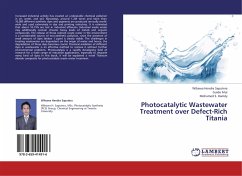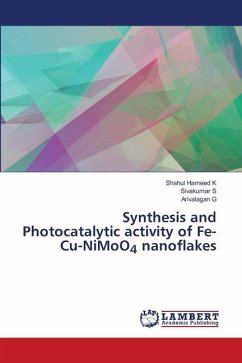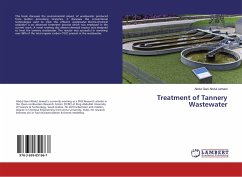Increased industrial activity has created an undesirable chemical pollution in air, water, and soil. Nowadays, around 1.2M tones and more than 10,000 different synthetic dyes and pigments are produced annually world-wide and used extensively in dye and printing industries. It is estimated that about 10-15% are lost in industrial effluents. Industrial waste water may additionally contain streams heavy loads of metals and organic compounds. The release of those colored waste water in the environment is a considerable source of non-aesthetic pollution, since the presence of small amount of dyes (below 1 ppm) is clearly visible. The challenges in treating wastewater are dependent on the origin of water and hence, the degradation of these dyes becomes crucial. Chemical oxidation of different dyes in wastewater is an effective method to remove it without further environmental problems. Photocatalysis is a rapidly developing field of research for a wide range of industrial applications,especially to degrade many kind of dyes. In this book, it will be explained a novel Titanium dioxide composite for photocatalytic waste water treatment.
Hinweis: Dieser Artikel kann nur an eine deutsche Lieferadresse ausgeliefert werden.
Hinweis: Dieser Artikel kann nur an eine deutsche Lieferadresse ausgeliefert werden.








